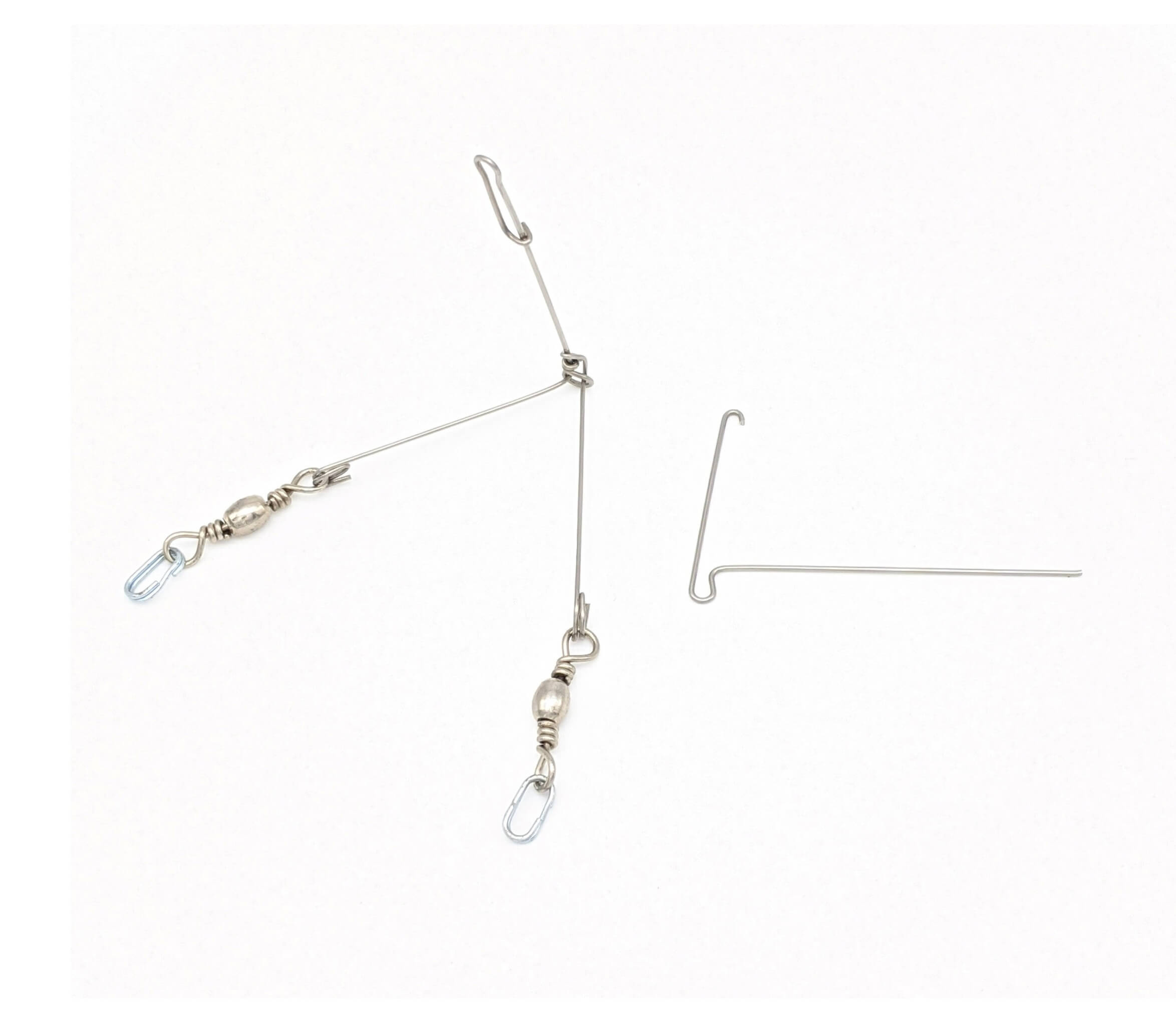Get unique, complex parts easily. No matter your requirements, Chaoyi Spring creates hard-to-produce coil springs and wire forms.
Let us help you create the custom wire form you need, from S-hooks and J-hooks to utility hooks and more.
We work closely with customers across a wide range of industries, helping them design and manufacture made-to-order parts.
Why choose Chaoyi Spring? We prioritize customer-focused collaboration, modern equipment and the latest technology to make your parts per print.
Find the information and guidance you need, from measuring a spring to learning about materials, placing an order and much more.
Springs, those ubiquitous components found in countless mechanical devices, are marvels of engineering. Their ability to store and release energy makes them indispensable in everything from car suspensions to door


Springs, those ubiquitous components found in countless mechanical devices, are marvels of engineering. Their ability to store and release energy makes them indispensable in everything from car suspensions to door hinges. But have you ever wondered how to compress a spring safely and effectively? This comprehensive guide will delve into the intricacies of spring compression, providing you with the knowledge and techniques to confidently handle this task.

Spring compression is the process of applying a force to a spring, reducing its length and storing potential energy. This process is crucial in various applications, such as:
However, it's essential to understand that compressing a spring can be a potentially dangerous operation. Springs store a significant amount of energy, and if released suddenly, they can cause serious injuries or damage. Therefore, proper safety precautions are paramount.
Before embarking on any spring compression task, prioritize safety. Here are some crucial steps to follow:
Various methods are employed for compressing springs, each with its advantages and disadvantages:
These devices are designed specifically for compressing springs. They typically feature adjustable arms or jaws that grip the spring securely, allowing for controlled compression. Mechanical spring compressors are widely available in various sizes and configurations, catering to different spring dimensions and load capacities.
For compressing heavy-duty springs or those requiring high compression forces, hydraulic spring compressors are the preferred choice. These devices use hydraulic pressure to apply controlled force, making them ideal for applications where manual compression is impractical.
Air-powered spring compressors leverage the power of compressed air to achieve compression. They are often used in industrial settings where compressed air is readily available, offering high compression forces with relative ease.
Selecting the appropriate compression method depends on various factors, including:
Here are some practical tips to ensure successful and safe spring compression:
Compressing a spring may seem like a simple task, but it requires careful consideration of safety and proper technique. By understanding the principles of spring compression, employing appropriate safety measures, and utilizing the right compression methods, you can ensure efficient and safe handling of springs in various applications. Remember, safety should always be your top priority, and if you are unsure about any aspect of spring compression, seek professional guidance.
Mastering the art of spring compression empowers you with the knowledge and skills to safely and effectively handle these versatile components. Whether you're assembling a machine, preloading a spring, or conducting testing, following these guidelines will ensure successful results while prioritizing safety. Always remember to use appropriate tools, prioritize safety, and work with caution when dealing with stored energy in springs.
Browse some of the custom wire forms and springs that we manufacture. Don’t see what you need? We specialize in made-to-order products that meet your application requirements.
Visit Our GalleryNeed a custom wire form or coil spring? We make it work. Fill out the contact form and a representative will respond within 1 business day. If you have a PDF or CAD file, you can submit to request a quote.